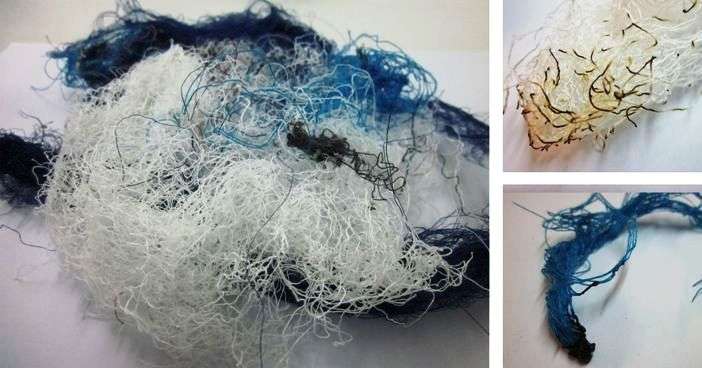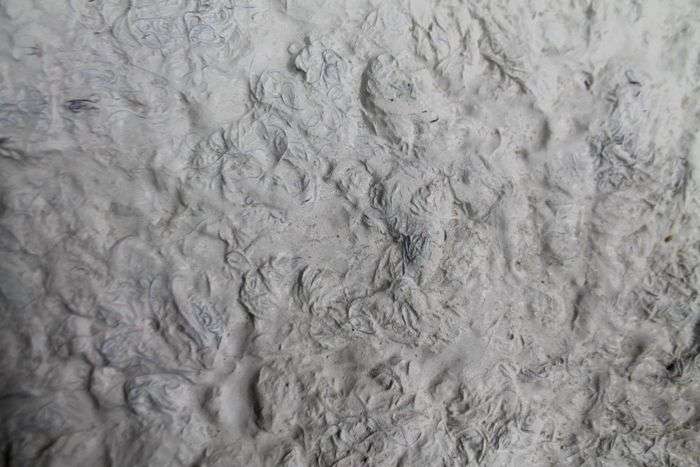Textile fiber waste helps improve the sustainability of materials

Researchers from UPM have developed a panel with textile waste that improves both the thermal and acoustic conditions of buildings and reduces the energy impact associated to the production of construction materials and greenhouse gases emissions.
Three researchers from School of Architecture at Universidad Politécnica de Madrid (UPM) have carried out this research using textile materials in order to obtain panels of inner divisions to be used in both new constructions and rehabilitation of buildings. The panels obtained by using this method are lighter than others similar in the market and they provide better thermal and acoustic performance. Additionally, the usage of recycled materials contributes to significant reductions of energy consumption derived from the manufacturing process while reducing the environmental impact on its incineration and storage at landfills.
The construction sector has a great impact on the energy consumption and co2 emissions into the atmosphere. The materials and the manufacturing processes used in construction have a high impact on the energy efficiency. Thus, the use of material waste not only reduces the energy consumption in the development of new products but also increases their life cycle.
Because of these environmental issues, a new European law was enacted in 2002 in order to encourage the management and recycling of material waste.
There are about 5.8 million tons of textile wastes discarded in the European Union every year, only the 25 percent of this waste is recycled and 4.3 millions of tons are either incinerated or stored at landfills. According to the information provided by Textile and Clothing Information Centre (CITYC), a total of 301,600 tons of textile waste were generated in Spain in 2011.

The aim of this study carried out by UPM researchers has been to reintroduce this textile waste in the productive chain in order to obtain the panels for interior fittings used in construction. It is important to say that the used waste does not require any special treatment since they are remnants of quality control products such as manufacturing offcuts or remnants of threads.
The use of chemical binders for the production of boards has a downside due to their pollutant emissions, toxicity and fire performance. In that way, researchers suggest a low consumption binder with excellent properties against fires and contaminant emissions such as lime.
Thus, researchers have developed a panel of binder textile fiber with natural hydraulic lime. According to the trials, the panels with textile fiber waste have lower density than others similar in the market. This means a lightening of the support systems of the panels.
Likewise, these panels can enhance the thermal behavior by reducing twice the thermal conductivity of other commercial materials. At the same time, the introduction of textile fibers can also improve the acoustic behavior of the panels in terms of sound absorption.
The researchers who developed this new product say: "the use of these types of panels significantly enhances both the thermal and acoustic conditions in construction while reducing the energy impact associated to the development of construction materials and greenhouse gas emissions".
More information: María del Mar Barbero-Barrera et al. Textile fibre waste bindered with natural hydraulic lime, Composites Part B: Engineering (2016). DOI: 10.1016/j.compositesb.2016.03.013
Provided by Universidad Politécnica de Madrid




















